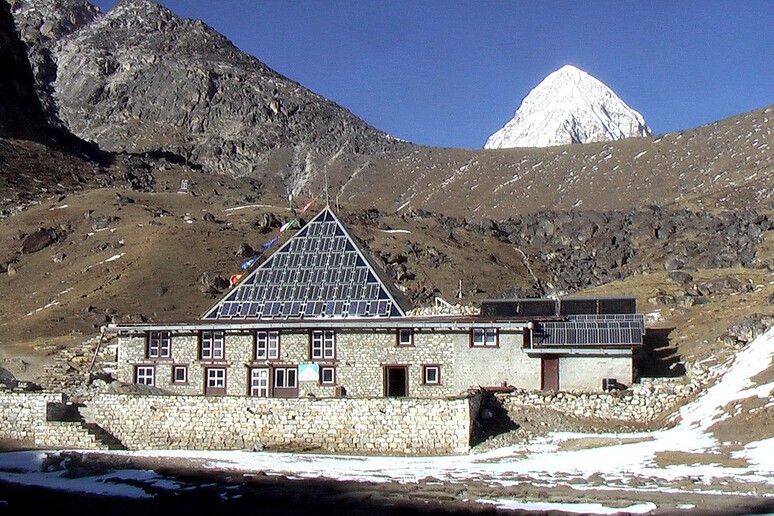The answer to the Himalayan paradox, the strange phenomenon whereby ice is melting rapidly despite apparently stable temperatures at high altitude, may lie in the winds, according to research led by Francesca Pellicciotti of the National Research Council (CNR) and the Austrian Institute of Science and Technology, published in the journal Nature Geoscience.
Large parts of the Himalayan glaciers are melting due to the climate crisis, in many cases much faster than in other regions. However, analysis of data from meteorological stations such as the historic Pyramid International Laboratory-Observatory located at 5,000 m above sea level shows that the air temperature has not changed much in recent decades. One explanation for this apparent paradox is now to be found in the in-depth study of historical data, which shows that while minimum temperatures have risen constantly, maximum surface temperatures in summer have fallen.
"This leads to increased turbulent heat exchange at the glacier surface and increased cooling of the surface air mass," said Pellicciotti.
As a result, the cool, dry surface air masses become denser and flow down the slopes into the valleys, also cooling the lower parts of the glaciers.
Consequently, the observed stable temperatures are in reality a kind of illusion caused by special winds that cause the air temperature to be constant on average.
Riproduzione riservata © Copyright ANSA













